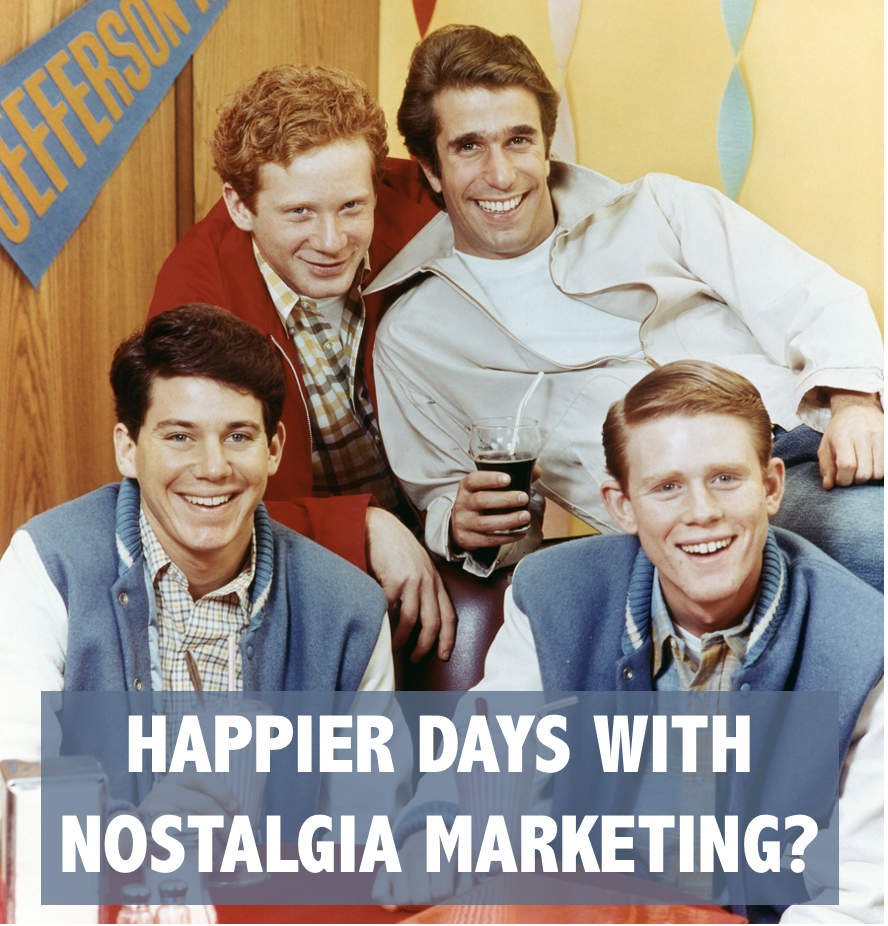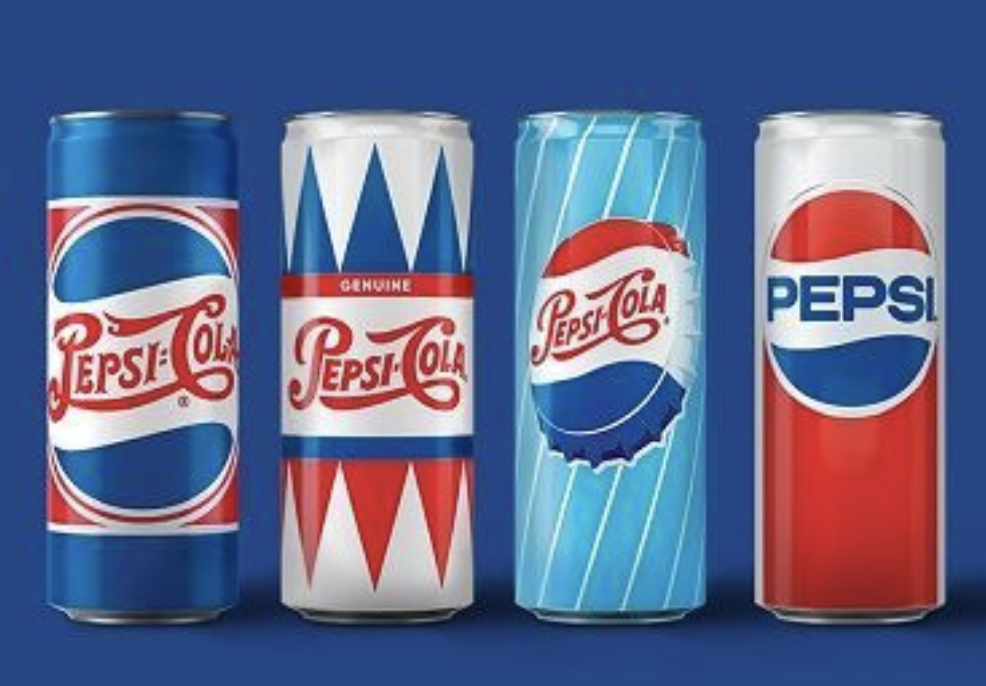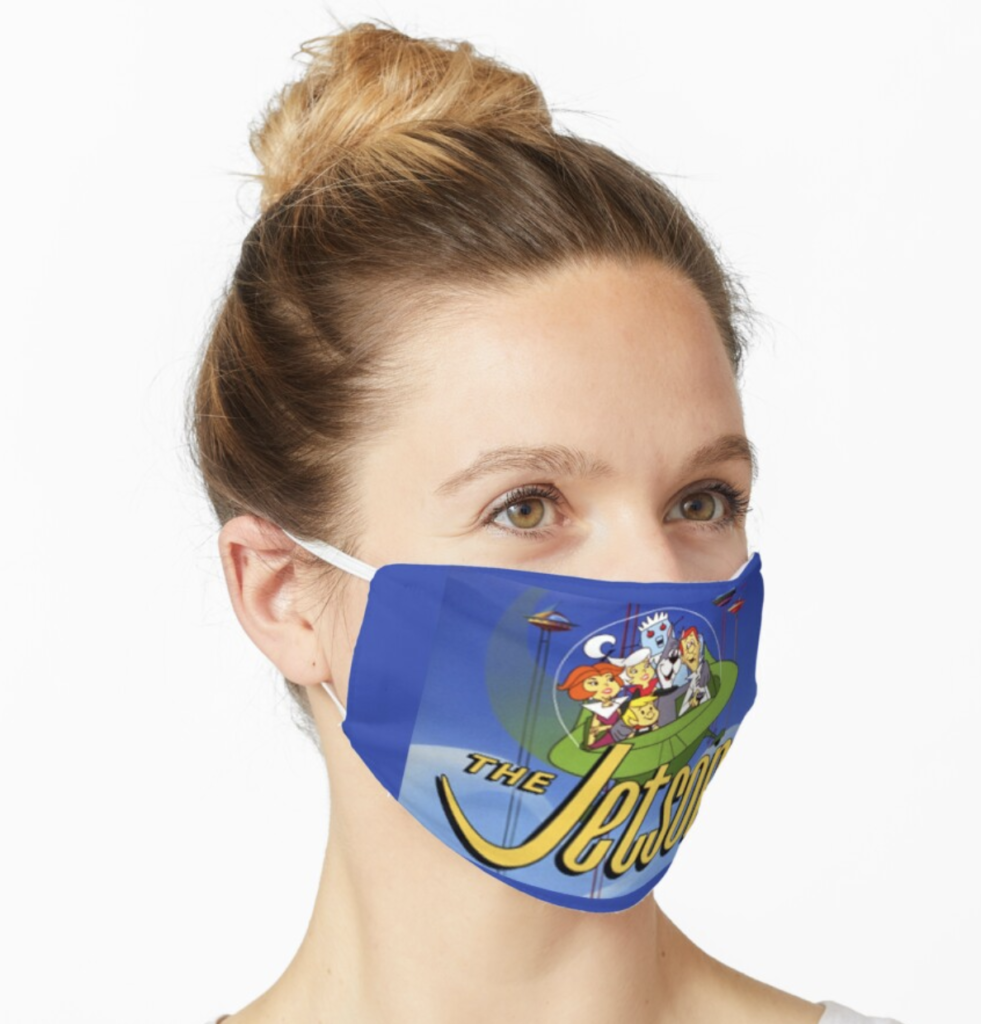
I was cruising through Netflix and noticed that a series called Cobra Kai is the number one trending show on the popular streaming service. On the surface, this seems like a very improbable scenario.
- Cobra Kai is follow-up to the 1984 movie Karate Kid and follows the story of the now middle-aged teen stars of that popular movie.
- The original movie appealed to children (and started a karate revolution) but this series with sexual references, drug use, and violence is more aimed at adults.
- The show is cheesy and definitely has a 1980s vibe in its music and aesthetic. It’s very predictable and really not that good.
How in the world is this show number one right now among thousands of highly-rated Netflix choices?
Today I’ll explain why and predict that this is just the beginning of a booming trend based on nostalgia. It’s even the hottest trend with GenZ!
Nostalgia marketing is next
First, let’s get on the same page about what I mean by nostalgia.
Nostalgia is a sentimental longing for the past, typically for a period or place with happy personal associations. An example of a company using nostalgia to evoke these positive emotions would be coming out with a “retro” edition of a product that evokes childhood memories.
An example: Last year, to commemorate its history, Pepsi reintroduced limited edition retro cans. The can images, which date back to the 1940s through the 1980s, were part of Pepsi’s “Celebrating Every Generation” campaign.

Recognizing something from your childhood may stir fond memories of what Pepsi meant to you and possibly spur a purchase to recapture that feeling.
Nostalgia marketing is not a new idea, but it’s not a common one, either. If you search for “nostalgia marketing” there isn’t much available in terms of case studies and best practices. But I think that is about to change. This is an idea whose time has come because of the intersection of two different trends.
Let’s dig in.
Trend One: The golden age of children’s media
Up until the 1980s — and the advent of cable programming — there was not a lot of direct marketing to children. I think back to the comic books I loved as a child. What was advertised in the back? How to build muscles, or grow rich selling Christmas cards door-to-door (which was one of my early entrepreneurial efforts!). I’m not too nostalgic about that!
Likewise, most of the early children’s television programming like Sesame Street or Mr. Rogers was on PBS — no ads. And at prime time, most kids prior to 1980 were consigned to watch whatever network programming mom and dad chose for the evening.
So let’s say that the “nostalgia stream” of childhood programming and products was very limited.
Until cable. Then … BOOM.
Cable TV introduced fully-dedicated channels for youth-oriented cartoons, movies, nature programs, and educational options. This increased exponentially with the beginning of the internet and exponentially again with smart devices when children could watch anything, any time, and anywhere. An entire media ecosystem was created for kids.
So, starting about 30 years ago, the golden age of children’s’ programming and youth-oriented product marketing began. The Millennials who grew up in this era have an incredible abundance of media-driven emotional connections compared to any other generation.
If nostalgia means longing for a happy childhood place or experience, you could say Millenials have been thoroughly prepped for it.
Trend Number Two: The world sucks
One of the trends that a lot of people are NOT talking about is the long-term emotional distress covering our world with a persistent vice grip.
Nearly every person, in every country, is suffering in some manner and grieving the loss of freedoms, traditions, lifestyles, and human connection.
My friend Martin Lindstrom predicts that the pandemic is conditioning an entire generation with symptoms of post-traumatic stress disorder. I agree with him.
This is a mega-trend with not-so-obvious implications for businesses and marketers. Except for this: The world is going to crave comfort from familiar products for a LONG TIME TO COME.
We can observe this trend emerging in the soaring sales of comfort foods such as ice cream, breakfast cereal, and macaroni and cheese.
The trend is showing up in this cottage core trend Brooke Sellas and I discussed on a Marketing Companion podcast episode and parodied on a video. People are re-discovering and celebrating the simple comforts and aesthetics of farm life, flowers, gingham dresses, and home-grown vegetables.
People are seeking comfort from the familiar and this value is extremely important for companies to begin to consider and process.
This adds up to nostalgia marketing

It’s easy to imagine how the intersection of these trends might mean that people are craving soothing, nurturing emotional connection to happier childhood experiences.
Great branding is about creating an emotional connection between your products/services and your audience.
I think we are about to enter a boom time for emotion-laden products like …
- Retro clothing
- Toys and games from the past
- Comfort foods associated with childhood
- A renaissance in 1980s and 1990s music, TV, and movies
- Any sort of merchandise and antiques from those periods — lunch boxes, magazines, trading cards, posters, etc. (One tee shirt promoting the Disney Alladin movie went for $6,000!
I also believe that we will see familiar imagery, fonts, and design trends from past decades come back for a generation seeking the comfort of a happier time.
Here’s a quote from Danny Gillick, TikTok’s Senior Manager of Music Content:
“There’s so much opportunity out there for all these legacy labels, even for songs that are out of cycle to have another life. There’s a whole treasure chest of these earworms that I grew up with that you can see now are having a second life.”
And this, ladies and gentlemen explains why a rather dumb show like Cobra Kai is at the top of the Netflix charts right now. We want to forget about the sucky world and cheer for the Karate Kid one more time.

As I said, nostalgia marketing is not a new idea, but it’s about to become a HOT idea. Keep your eyes open for product launches, re-launches, re-marketing, and design aesthetics that evoke happy childhood memories. I’ll leave you with this:

Now, I am going to go spend time looking over my old Pittsburgh Pirates yearbooks I collected as a kid. I sort of need that comfort right now.
Update: I finished two seasons of Cobra Kai and decided that I like it. : )
Editor’s note: As 2020 wore on, my prediction about nostalgia marketing was correct. As soon as the lockdown hit, the rose-tinted glasses went on. According to Talkwalker, mentions of keywords related to nostalgia or remembering the past, shot up from a baseline of around 13 million mentions to 24.4 million– an increase of 88 percent in just a few weeks. The trend held through the rest of the year.
Editor’s note 2: Almost exactly two years after this article first posted, McKinsey came out with an analysis showing the Gen Z has also embraced the nostalgia trend. Their findings:
Nostalgia is big these days—#nostalgia and #y2k both have tens of billions of views on TikTok, and Gen Z can’t get enough of ’90s fashion trends. We’re combing racks for low-rise jeans, and the luxury resale market is surging: it was worth $25 billion to $30 billion in 2020 and is expected to grow by 10 to 15 percent every year for the next decade. Thrifting fits with both Gen Zers’ style goals and their commitment to sustainability through supporting circular fashion—plus, it takes advantage of the $500 billion to $1 trillion of luxury items sitting in peoples’ closets. And even athleisure (often reminiscent of ’80s workout apparel) is gaining ground. But the passion for nostalgia runs deeper: into music, trends, and attitudes. Some believe that Gen Z is yearning for a “simpler time”—one that didn’t pose the issues of climate change, rapidly rising inflation, and global unrest. In some places, inflation has doubled projected rates this year, posing a grim outlook for people just entering the economy, and consumers young and old are reacting to the stress of rising prices. Gen Z is also at the forefront of the behavioral-health crisis, as its members report having the least positive outlook on life. So familiarity—like the shows and movies you watched as a kid—can be comforting.
Editor’s Note 3: The GenZ-oriented newsletter JUV reports in 2023 that nostalgia is a massive an unexpected trend:
Paris Hilton edits, rampant film photography, Kate Bush trending — what generation are we in? For an age group characterized by our interactions with technology, Gen Z has become intrinsically connected with our adoration of times before our life. In “The Nostalgia Generation,” Valentina Caballero notes that nostalgia provides “(1) a form of emotional escapism, and (2) authentic experiences to a generation overwhelmed and jaded by modern oversaturated media environments.”
Though newer creations like speakers and professional cameras may perform better than vintage items like record players and Polaroids, we are attracted to that imperfection. In fact, in 2019, INSTAX creator Fujifilm outsold every other camera company, at 10 million units. Lifestyle brand Urban Outfitters offers 84 different record players on their online store. With 46% of Gen Z reporting constant stress, tapping into times that seem infinitely more enjoyable than the present has become a coping mechanism.
How do businesses successfully use nostalgia in their marketing? We want to remember better times but also know that more innovations are coming. The 2020 Gucci Gift campaign asked shoppers to “imagine a holiday party in an office with a retro 90s setting.” In 2021, Burger King rebranded to its 1994 logo, with colors and slogan referencing the 1970s. However, both have taken their own spin on these older trends. So, grab some low-rise jeans, plug in your Walkman, and get ready to channel the past.
. Mark Schaefer is the executive director of Schaefer Marketing Solutions. He is the author of several best-selling digital marketing books and is an acclaimed keynote speaker, college educator, and business consultant. The Marketing Companion podcast is among the top business podcasts in the world. Contact Mark to have him speak to your company event or conference soon.
Mark Schaefer is the executive director of Schaefer Marketing Solutions. He is the author of several best-selling digital marketing books and is an acclaimed keynote speaker, college educator, and business consultant. The Marketing Companion podcast is among the top business podcasts in the world. Contact Mark to have him speak to your company event or conference soon.


